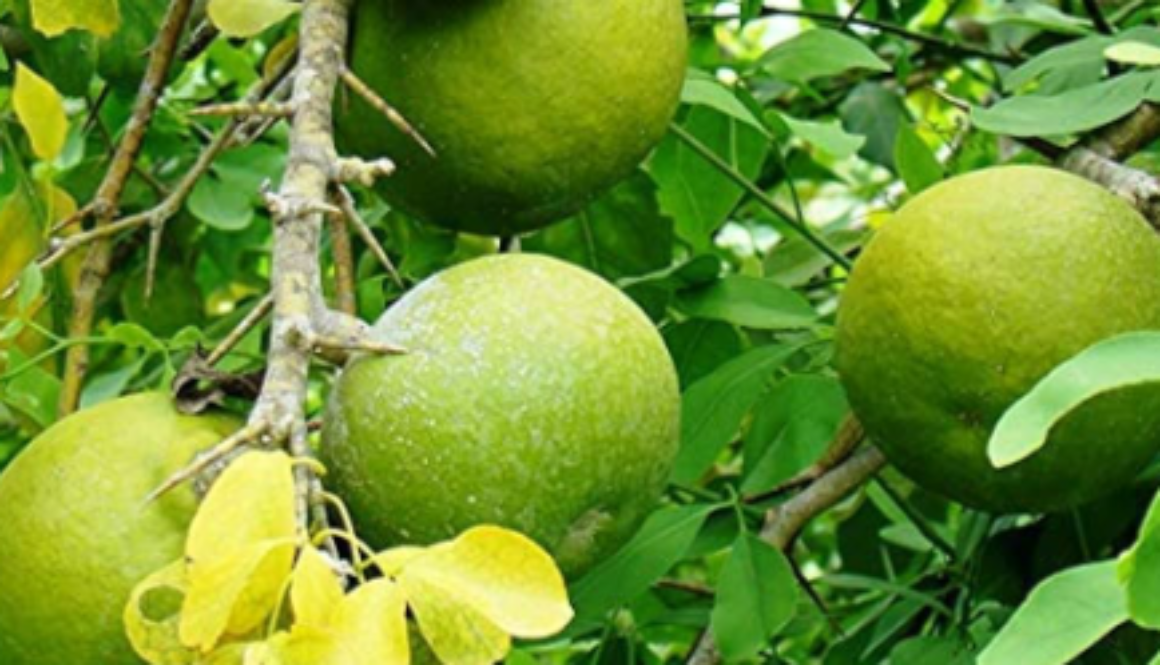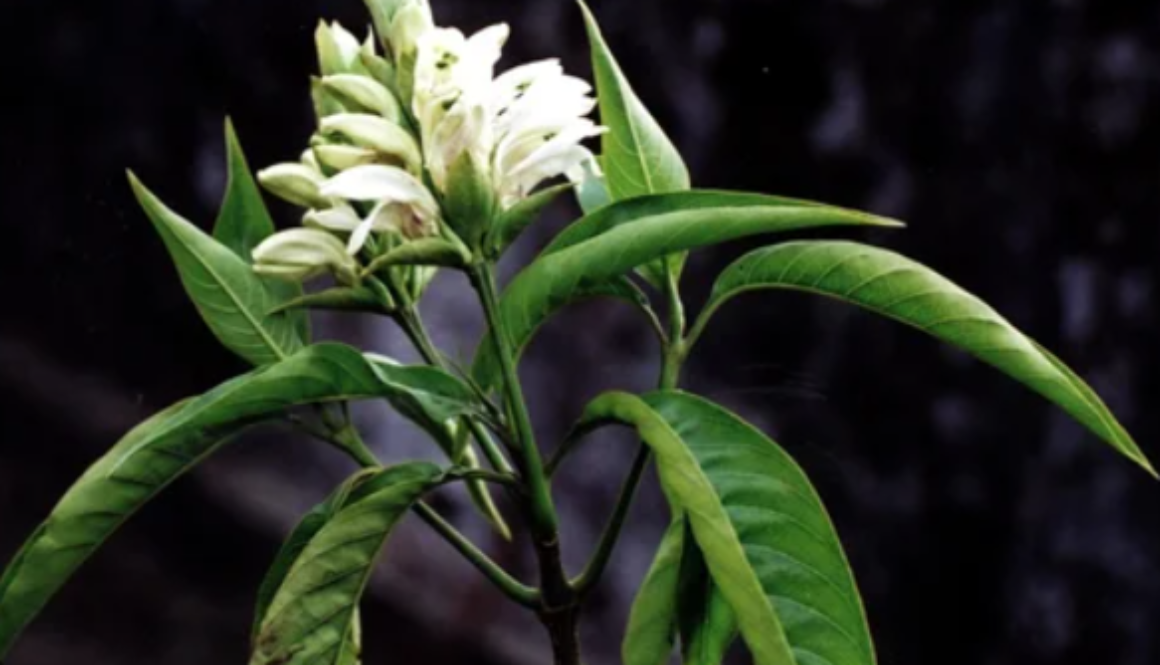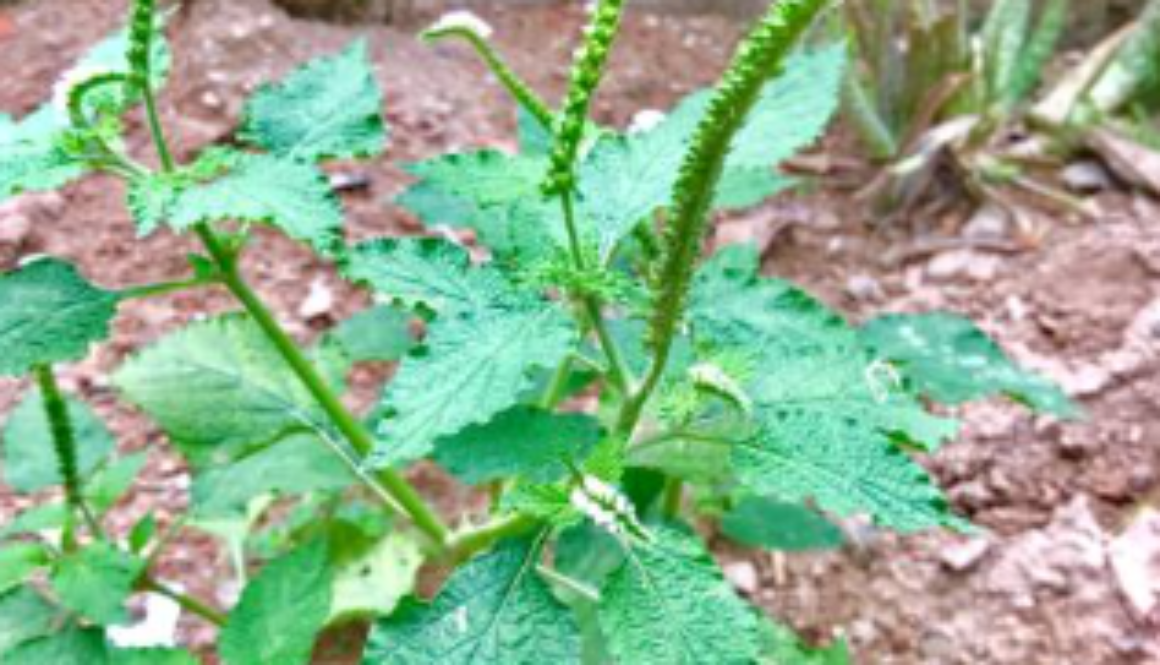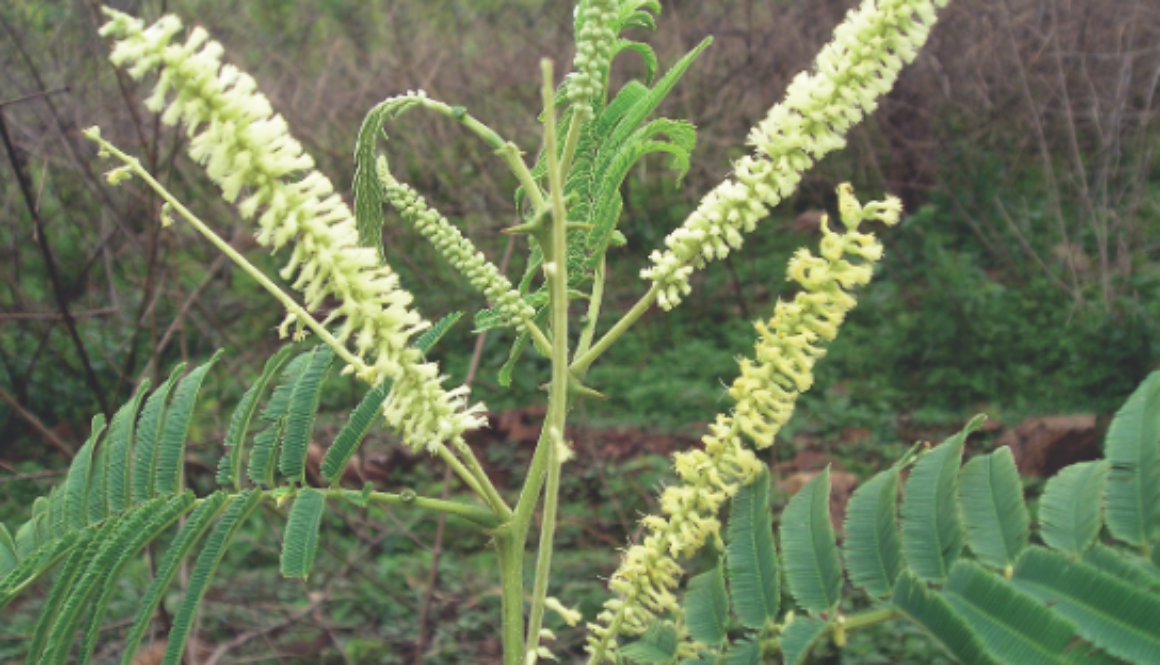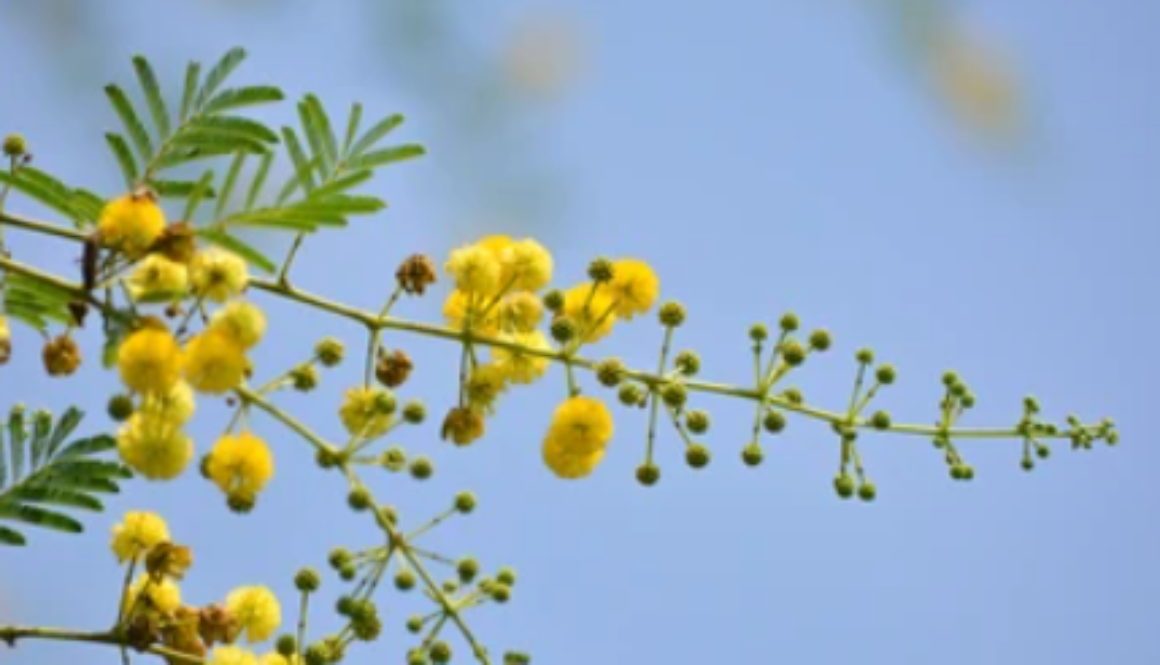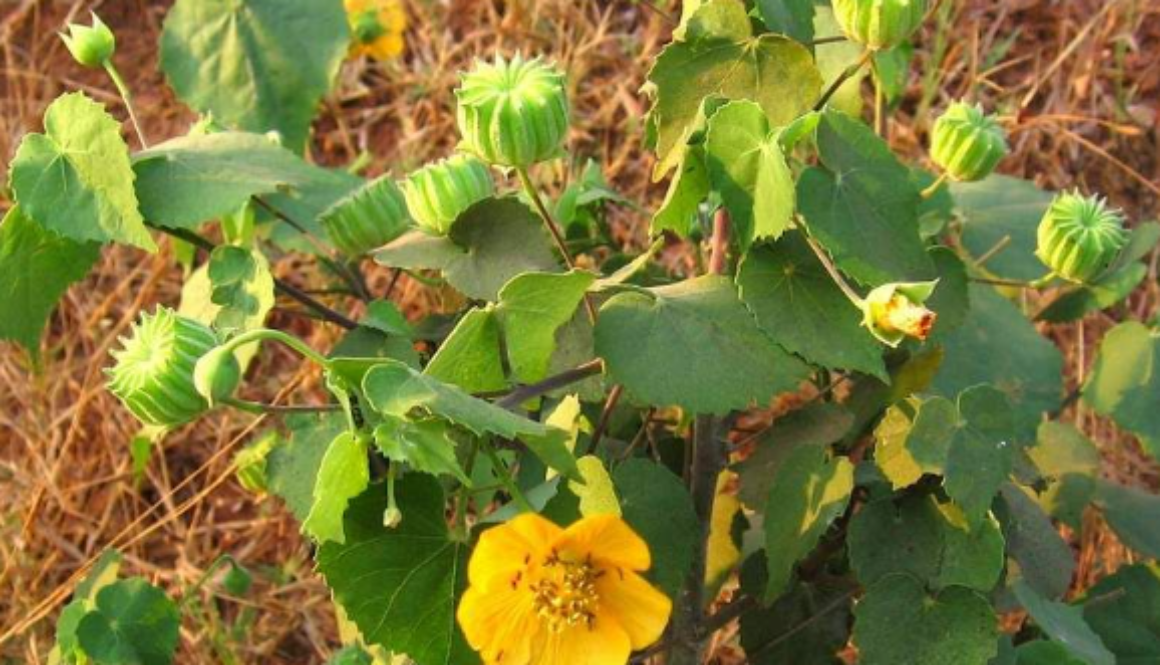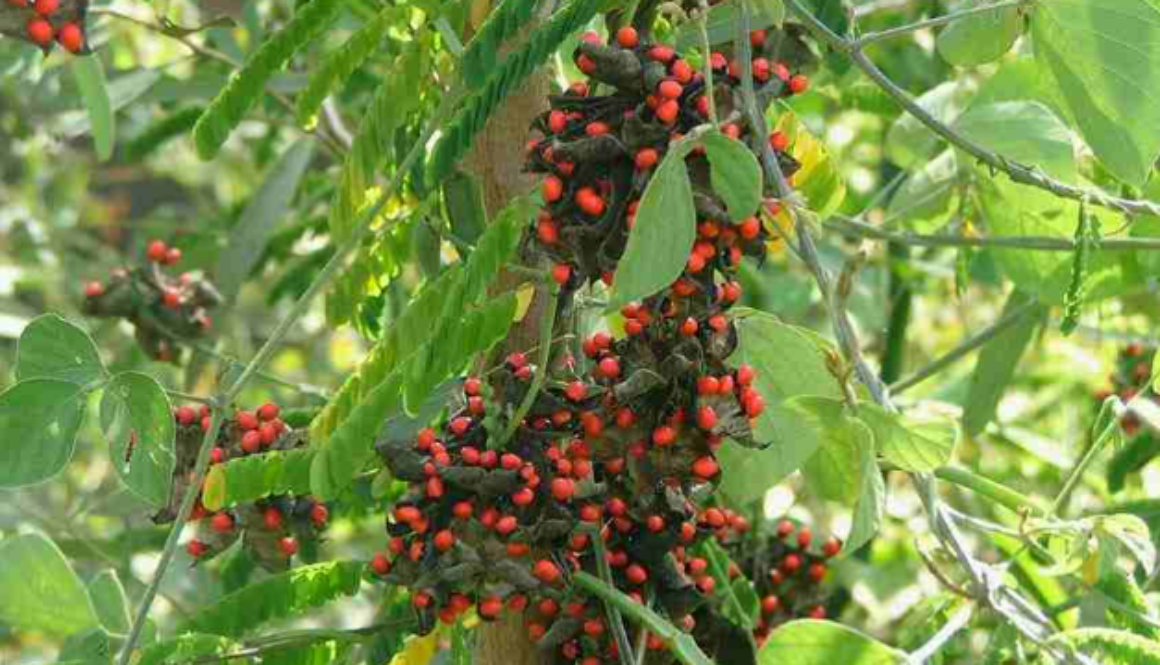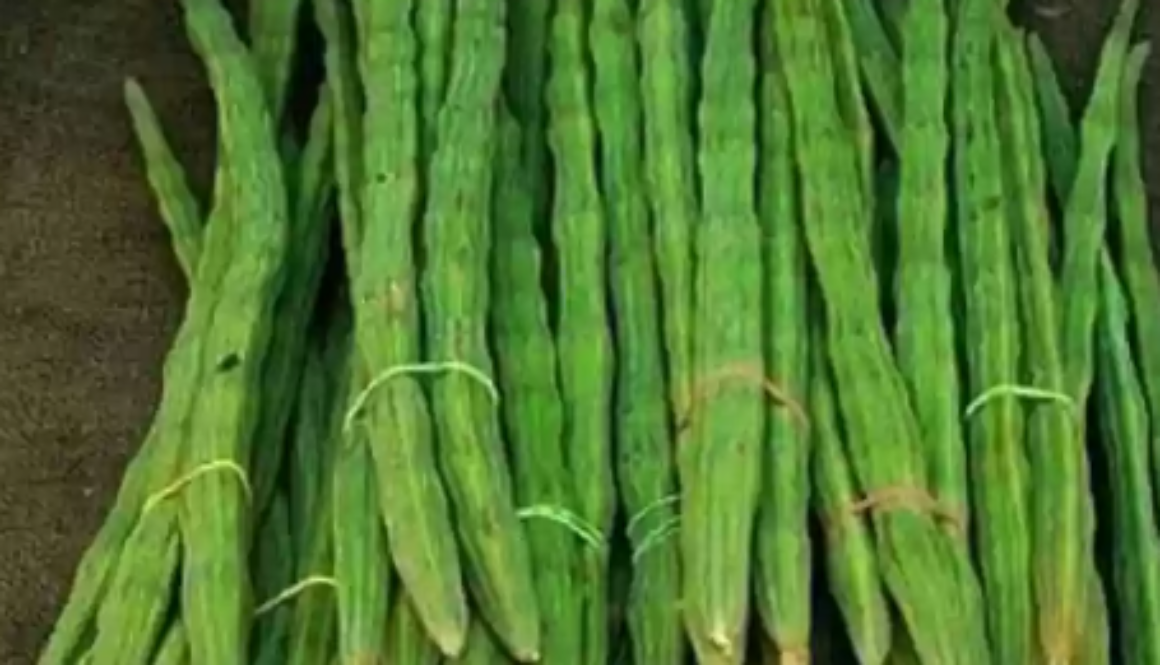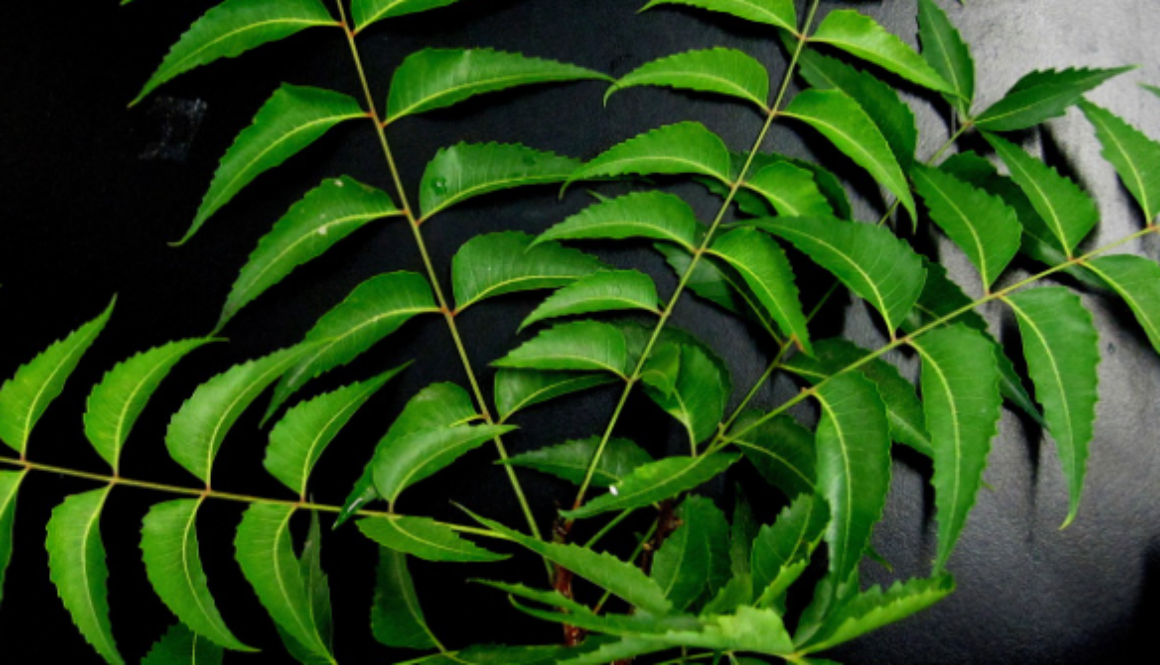Bil patar
Wild in mixed deciduous forest of Aravalli’s, it is now cultivated in orchards and planted near temples. It is a large deciduous tree with thorns and trifoliolate leaves. Leaflet ovate-obovate with acuminate apex, crenate margin and densely punctate on both surfaces. Flowers are greenish white and sweet scented. Fruit is woody and smooth, ovoid or subglobose. Seeds are embedded in a sour, mucilaginous aromatic pulp. Flowering and fruiting in January to July.
Part used: Roots, Stem bark, Leaf and Fruit
Usage : Infusion of leaves is effective in peptic ulcers. Leaves rich in tanin, reduce inflammation and heal the ulcers. The oil prepared from leaves is used in the treatment of cold and respiratory disorders. The juice of leaves effective in diabetes. Paste of leaves applied externally heals boils. Extract of root mixed with neem oil cures infection, inflammation and discharge in ear. Decoction of fruit is useful in typhoid fever. Ripe fruit is aromatic, cooling, laxative and is used in the form of ‘sherbat’. The pulp of ripe fruit is very useful in constipation. The unripe fruit is very effective in case of chronic diarrhoea and dysentery.
Agrotechniques : Propagated through Seeds/ root cutting. Sowing is done in June or July and saplings are transplanted in the next second rainy season in 1 x 1 x 1 m pits spaced 10-12 m. Irrigation every 15-20 days in
summer, and weeding essential. Fruits should be collected after ripening and used as such. Its pulp should be dried in the shade.

